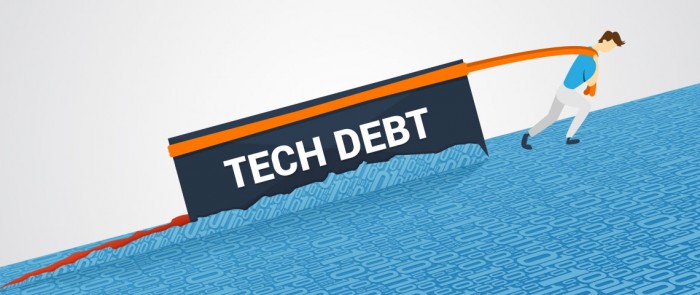Technical debt is primarily considered to be metaphors that will help you deliberate on a problem. Characteristically, it is very similar to that of financial debt. Like for financial debt, technical debt to involves the payment of interest. It occurs in the shade of extra efforts to be made during later developments to cover up for poor design choices. It is up to you if you want to continue with the interest payment or choose to refactor the payment. The principal payment might not be cost effective initially; however, it proves to be fruitful in the long run.
Easy approach for debt recovery
It is simpler to opt for the quicker approach in the case of technical debt. As soon as a firm may sustain enough loans to have the market in its favor, the developer might invite a technical debt and delay a major deadline. This happens due to the software developers being far too casual with their problems and its solution approach. They let the debts go out of hand and in turn let’s all the future development to be a big hassle. The developers, in turn, have to continue paying interest throughout their future developments.

Technical debt is almost unavoidable
No matter how big a firm or software companies are. Technical debts occurrence is a given situation while developing new programs and software. The little faults in while making the systems leads to making it a risky occurrence. These have a cumulative impact on the project bringing it down in the process. The problems at times might be severely out of hand, preventing the developers to carry on with their present developmental features and concentrate solely on paying back the technical debts for a while.
Technical and credit card debt
The severity of technical debt is quite a similarity to the one that credit card debts bring with itself. Accumulation of technical debt can create a setback in the current rate of progress at your work. Very similarly, credit card debts, when they go out of hand can upset your current budget settings. Like the best way to pay off credit card debt is tracking the dues making a start in paying them off, it is the same for technical debt. If there is a glitch record, it is best to deal with at the very initial stage. Putting off a glitch for later recovery might make it liable for disrupting the complete program codes.
Go with the flow
New software has an array of code that it has to factor. It becomes slightly difficult to put equal attention to all of the glitches. You can refactor as you move up you way, but eradicating technical debt from the grass root level is slightly difficult. Predicting with precision about how many faults they are likely to be and what are the exact solutions to deal with them gets a little difficult for any firm and their developers. During this time, you have to take on the challenges as it comes, pay off your debt at proper intervals and keep working hard.

